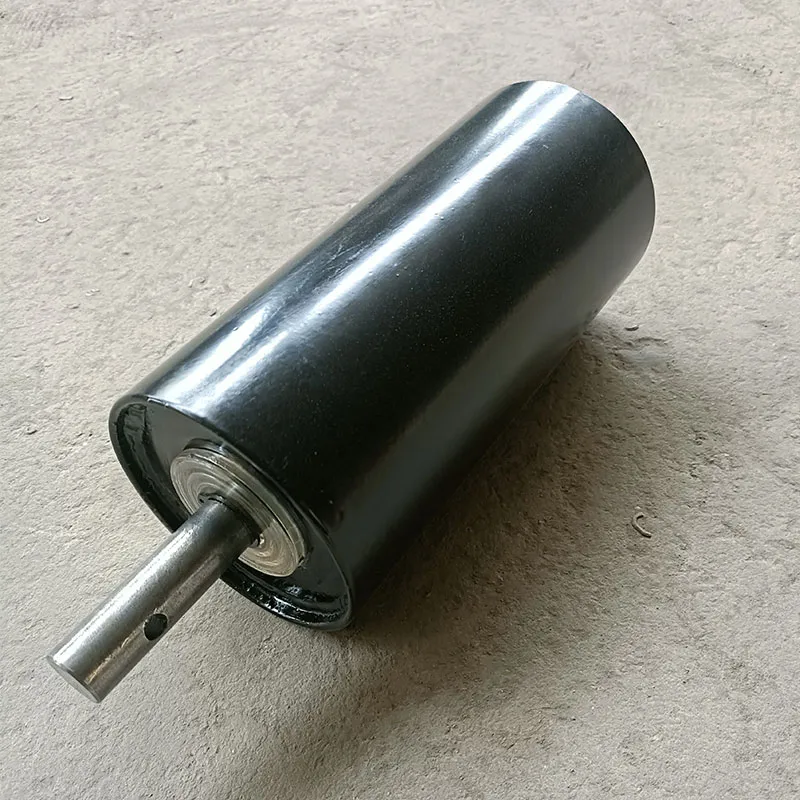 Afrikaans
Afrikaans  Albanian
Albanian  Amharic
Amharic  Arabic
Arabic  Armenian
Armenian  Azerbaijani
Azerbaijani  Basque
Basque  Belarusian
Belarusian  Bengali
Bengali  Bosnian
Bosnian  Bulgarian
Bulgarian  Catalan
Catalan  Cebuano
Cebuano  Corsican
Corsican  Croatian
Croatian  Czech
Czech  Danish
Danish  Dutch
Dutch  English
English  Esperanto
Esperanto  Estonian
Estonian  Finnish
Finnish  French
French  Frisian
Frisian  Galician
Galician  Georgian
Georgian  German
German  Greek
Greek  Gujarati
Gujarati  Haitian Creole
Haitian Creole  hausa
hausa  hawaiian
hawaiian  Hebrew
Hebrew  Hindi
Hindi  Miao
Miao  Hungarian
Hungarian  Icelandic
Icelandic  igbo
igbo  Indonesian
Indonesian  irish
irish  Italian
Italian  Japanese
Japanese  Javanese
Javanese  Kannada
Kannada  kazakh
kazakh  Khmer
Khmer  Rwandese
Rwandese  Korean
Korean  Kurdish
Kurdish  Kyrgyz
Kyrgyz  Lao
Lao  Latin
Latin  Latvian
Latvian  Lithuanian
Lithuanian  Luxembourgish
Luxembourgish  Macedonian
Macedonian  Malgashi
Malgashi  Malay
Malay  Malayalam
Malayalam  Maltese
Maltese  Maori
Maori  Marathi
Marathi  Mongolian
Mongolian  Myanmar
Myanmar  Nepali
Nepali  Norwegian
Norwegian  Norwegian
Norwegian  Occitan
Occitan  Pashto
Pashto  Persian
Persian  Polish
Polish  Portuguese
Portuguese  Punjabi
Punjabi  Romanian
Romanian  Russian
Russian  Samoan
Samoan  Scottish Gaelic
Scottish Gaelic  Serbian
Serbian  Sesotho
Sesotho  Shona
Shona  Sindhi
Sindhi  Sinhala
Sinhala  Slovak
Slovak  Slovenian
Slovenian  Somali
Somali  Spanish
Spanish  Sundanese
Sundanese  Swahili
Swahili  Swedish
Swedish  Tagalog
Tagalog  Tajik
Tajik  Tamil
Tamil  Tatar
Tatar  Telugu
Telugu  Thai
Thai  Turkish
Turkish  Turkmen
Turkmen  Ukrainian
Ukrainian  Urdu
Urdu  Uighur
Uighur  Uzbek
Uzbek  Vietnamese
Vietnamese  Welsh
Welsh  Bantu
Bantu  Yiddish
Yiddish  Yoruba
Yoruba  Zulu
Zulu belt drive idler
Understanding Belt Drive Idlers Essential Components in Mechanical Systems
Belt drive systems are fundamental in various mechanical applications, playing a critical role in the transmission of power between rotating shafts. One of the key components in these systems is the belt drive idler. This article aims to explore the function, design, and importance of belt drive idlers in machinery.
What is a Belt Drive Idler?
A belt drive idler is a pulley or wheel that is used to guide or support the belt in a belt drive system. It does not actively drive a load; instead, it assists in maintaining proper tension and alignment within the belt system. Idlers come in various configurations and are made from different materials, depending on their application. Typically, they are constructed from durable materials such as metal or high-strength plastic to withstand wear and tear from the operational environment.
Functions of Belt Drive Idlers
1. Tension Maintenance One of the primary functions of an idler is to maintain the tension in the belt. Proper tension is crucial for efficient power transmission, as too loose a belt can slip, leading to power loss, while a belt that is too tight can wear prematurely and put additional stress on the components.
2. Alignment Idlers help keep the belt aligned correctly on the pulleys. Misalignment can cause uneven wear on the belt, which can lead to failures or increased maintenance costs. By guiding the belt along the proper path, idlers ensure optimal performance of the system.
3. Belt Life Extension By reducing friction and maintaining proper tension and alignment, belt drive idlers can significantly extend the life of the belt itself. This, in turn, reduces the frequency of replacements and maintenance, providing cost savings in the long run.
belt drive idler

4. Noise Reduction Idlers also function to dampen vibrations and reduce noise generated during the operation of belt drives. This is particularly important in environments where noise levels need to be minimized for safety and comfort.
Types of Belt Drive Idlers
Belt drive idlers can be classified into two main categories fixed and adjustable.
- Fixed Idlers These idlers are stationary and are often used to guide the belt in its path. They are fixed in place and do not change position during operation.
- Adjustable Idlers These idlers can be moved or repositioned to change the tension of the belt. This is particularly useful in applications where the belt may stretch over time or where various loads require adjustable tension.
Conclusion
Belt drive idlers are vital components in maintaining the efficiency and longevity of belt drive systems. Their roles in tension maintenance, alignment, life extension, and noise reduction cannot be overstated. Understanding the importance and functionality of these components can help engineers and technicians make informed decisions concerning machinery design and maintenance. Selecting the right type of idler, along with ensuring proper installation and regular maintenance, can lead to improved performance and reduced downtime in various mechanical applications, ultimately contributing to greater productivity and cost-effectiveness in operations.
-
Revolutionizing Conveyor Reliability with Advanced Rubber Lagging PulleysNewsJul.22,2025
-
Powering Precision and Durability with Expert Manufacturers of Conveyor ComponentsNewsJul.22,2025
-
Optimizing Conveyor Systems with Advanced Conveyor AccessoriesNewsJul.22,2025
-
Maximize Conveyor Efficiency with Quality Conveyor Idler PulleysNewsJul.22,2025
-
Future-Proof Your Conveyor System with High-Performance Polyurethane RollerNewsJul.22,2025
-
Driving Efficiency Forward with Quality Idlers and RollersNewsJul.22,2025





























